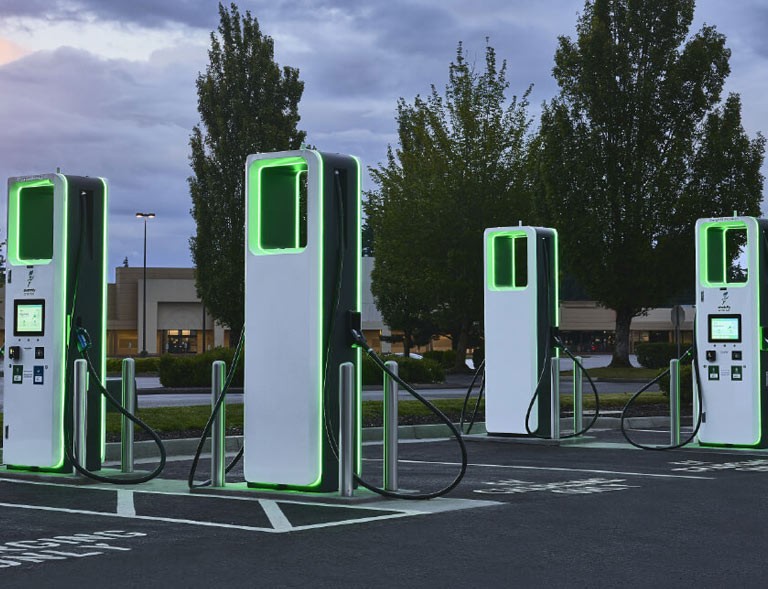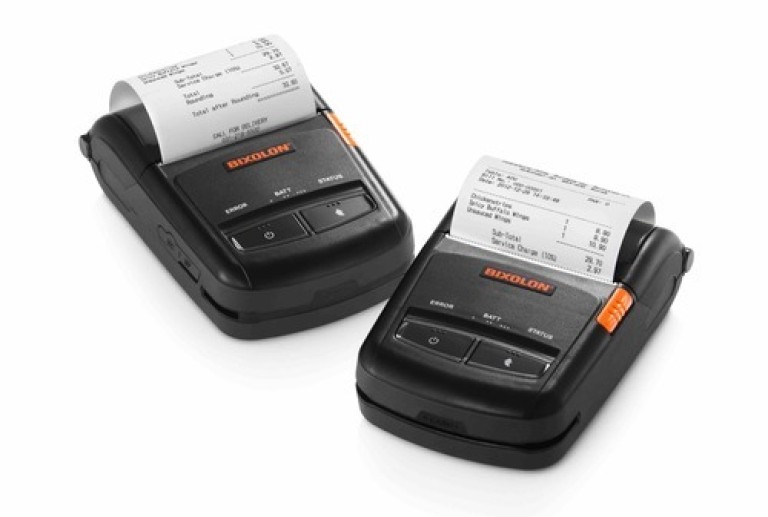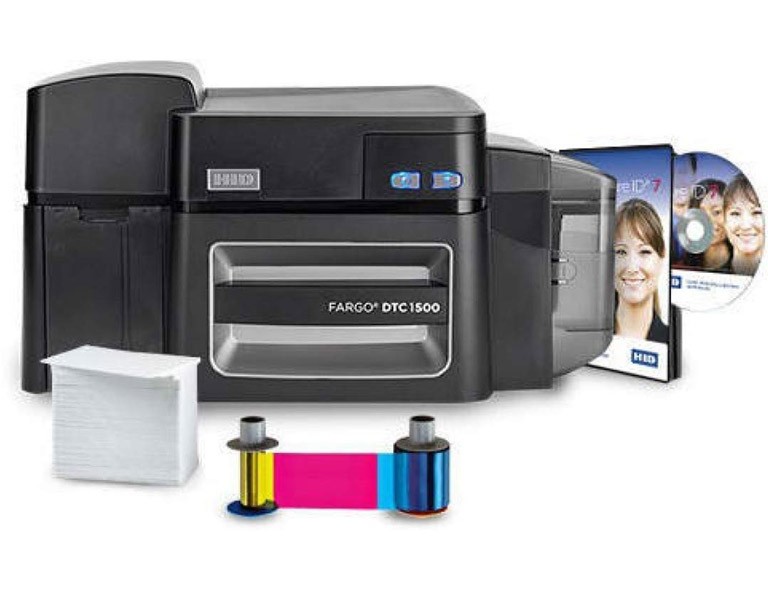A growing clamour for zero emission transport has poised the global electric vehicle charging station market to grow at a CAGR of 44.1%. Developments in technologies like portable charging stations, smart charging with load management, usage based analytics and automated payment along with the development of ultra-fast charging technology are creating new opportunities for this market.
There is clear evidence that the rate of deployment of charging stations has increased in the last few years. In mature EV environments, greater adoption of green vehicles is further boosting the demand for chargers. In developing markets on the other hand, increased government funding and involvement in the setting up of EV infrastructure could create new opportunities.
The need for Public EV Charging Stations
World over, the uptick in the sales of electric vehicles has resulted in significant attention being drawn towards the development of charging infrastructure. In regions like China and South Korea where traction for electric vehicles is already relatively high, the rate of installation of public fast chargers continues to grow at very rapid rate due to the rising number of EV users.
Learnings from these parts of the world clearly suggest that the availability of public EV charging stations plays an important role in a user's purchase of electric vehicles. Consumer research indicates that access to public fast charging stations is critical when buying an electric vehicle. Keeping this relationship between electric vehicles and charging stations in mind, in countries like India, where the government is trying to push zero emission transport, subsidies and tax rebates are being offered to deployers of public charging stations.
Range is something most EV users are worried about. The belief is that if a strong charging network is available, consumers are more likely to go electric as they no longer fear from range related worries.
Current EV charging infrastructure is unstructured
The explosive growth of electric vehicles and significant model to model variations has resulted in serious conversations regarding certain charging station standardisations. If one were to look closer at the two-wheeler market, this unstructured nature of charging apparatus becomes even more evident.
In order to further support for zero emission transport, governmental intervention in creating some level of charging standardisation has become critical. Only once all vehicle manufacturers conform to certain norms would the overall charging ecosystem develop and stabilise, thereby creating a system as dependent as gas stations. This would take away any uncertainty pertaining to charger availability and further ease consumers to move to battery powered vehicles.
Strong focus on Asian markets
The governments of emerging economies within Asia have recognised the need of zero emission transport and have undertaken various initiatives to further the adoption of EVs. Over the last decade, China has already taken several steps to build a strong EV ecosystem. China has grown to be a leader in the EV market globally through comprehensive EV policies and strategies to promote green technology innovation. India too has more recently taken several steps to attract private investments into the manufacturing of electric vehicles, batteries and the deployment of charging stations. In India, over the last 2 years, most OEMs have doubled their EV sales penetration, and credit can be given to Government policies for this.



